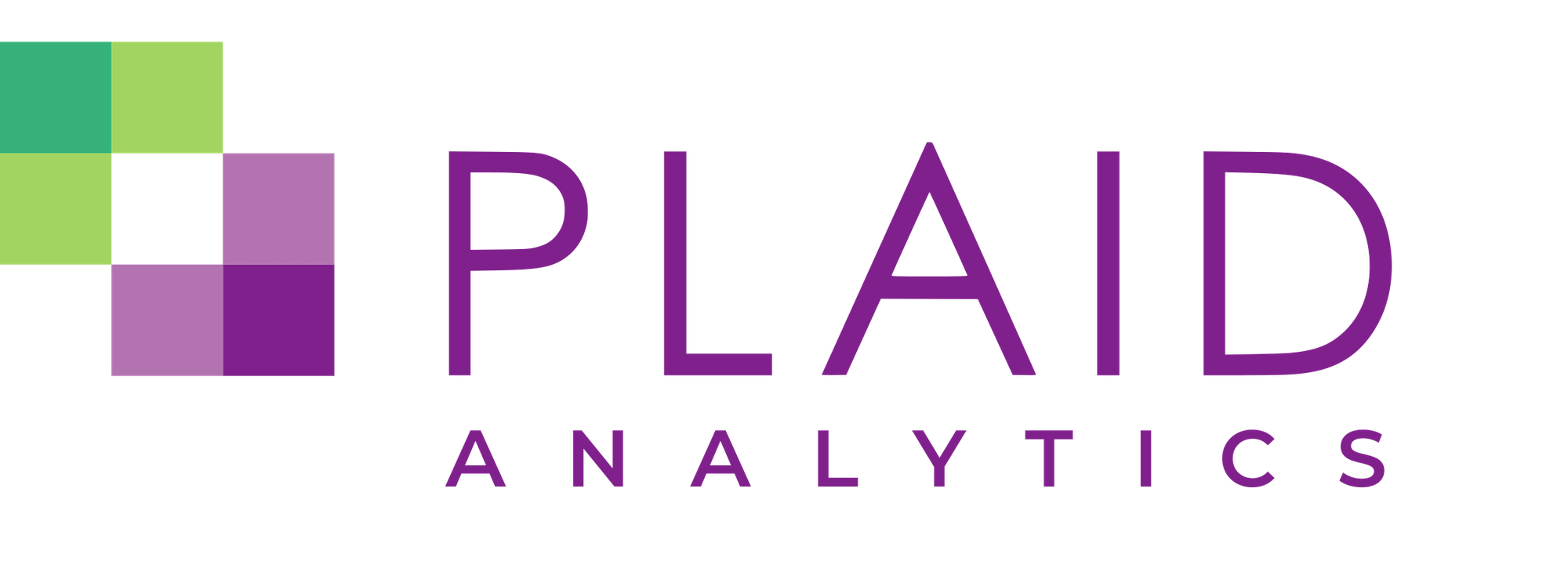What Programs Do We Even Offer?

Working in Institutional Research, I often was asked questions around “What programs do you offer?”, or “How many programs are there?”. You’d be surprised that answering these questions is not as easy as it sounds.
The reason these questions are difficult to answer is because there are so many various ways to define “program”. Do you mean credential-granting programs, first-year cohort programs, two-year programs, four-year programs, or graduate programs?
Data governance and classification can be very helpful with these challenges, and George Firican and Susan Walsh have content worth looking up.
When it comes to enrolment forecasting, knowing how “programs” are defined matters, and they may vary from what you traditionally think of as programs.
For example:
- Large programs like Bachelor of Arts may make sense to split into smaller buckets – perhaps you want Psychology majors broken out from History majors etc.
- Small programs like Endocrinology may be too small to forecast unless grouped with other similar programs.
- Certain categories in “central” you may not want to forecast - at one university I worked at, central assumed status quo for medical residents, notwithstanding that the government often funded expansion seats.
- Forecasting often includes programs that don’t exist yet.
What does this leave us with?
Often, a communication challenge.
While you may use the term “program” in forecasting, it doesn’t always quite mean what your audience thinks it means. They resemble “programs” but may be a little different.
I’ve personally started to use the term “curriculum” to represent these concepts. I see it as a broader term than “program” because it can encompass parts of programs, groups of programs, educational pathways that aren’t programs, and more.
How do you explain the programs forecasted aren’t necessarily the same as the institutional programs offers?
See How We've Helped Other Institutions Modernize their Data Analytics Approach
